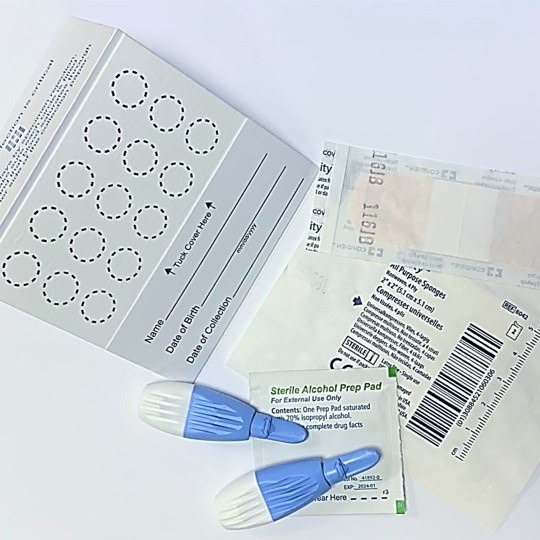Food sensitivity testing plays a crucial role in identifying which specific foods may be causing adverse reactions in an individual's body. By pinpointing these food sensitivities, individuals can make informed decisions about their diet and take steps to improve their overall health and well-being. There are several types of food sensitivity tests available, each with its own set of pros and cons.
One common type of food sensitivity test is a blood test that measures IgG antibodies against various foods. This test can provide valuable information about which foods are triggering an immune response in the body. Some of the benefits of this test include its ability to identify specific foods that may be causing symptoms such as bloating, joint pain, and fatigue. Additionally, the results of this test can help individuals make targeted changes to their diet to alleviate their symptoms. However, one of the drawbacks of this type of test is that it may not always be accurate, as IgG antibodies can be present in the body for reasons other than food sensitivities.
Another type of food sensitivity test is a skin prick test, which involves pricking the skin with a small amount of allergen extract and observing for a reaction. This test is often used to diagnose food allergies, but it can also be useful in identifying food sensitivities. One of the advantages of this test is its quick results, as reactions typically occur within 15-20 minutes. Additionally, this test is non-invasive and relatively affordable. However, a drawback of the skin prick test is that it may not always be accurate, and false positives or negatives can occur.
Elimination diets are another method of identifying food sensitivities, in which individuals remove certain foods from their diet for a period of time and then slowly reintroduce them while monitoring for symptoms. This approach can be effective in identifying trigger foods, as it allows individuals to directly observe the effects of specific foods on their body. Additionally, elimination diets can help individuals make long-term changes to their diet that improve their overall health. However, one of the challenges of this method is that it requires a significant amount of time and effort, as individuals must carefully plan their meals and monitor their symptoms.
Lastly, there are also at-home food sensitivity tests available that use hair, saliva, or stool samples to identify food sensitivities. These tests can provide convenient and relatively quick results, allowing individuals to gain insights into their food sensitivities without having to visit a healthcare provider. However, the accuracy and reliability of at-home tests can vary, and individuals should be cautious when interpreting the results.
In conclusion, there are several types of food sensitivity tests available, each with its own set of pros and cons. It is important for individuals to work with a healthcare provider to determine which test is most appropriate for their specific situation. By identifying and addressing food sensitivities, individuals can take control of their health and make informed decisions about their diet to improve their overall well-being.


No comments yet